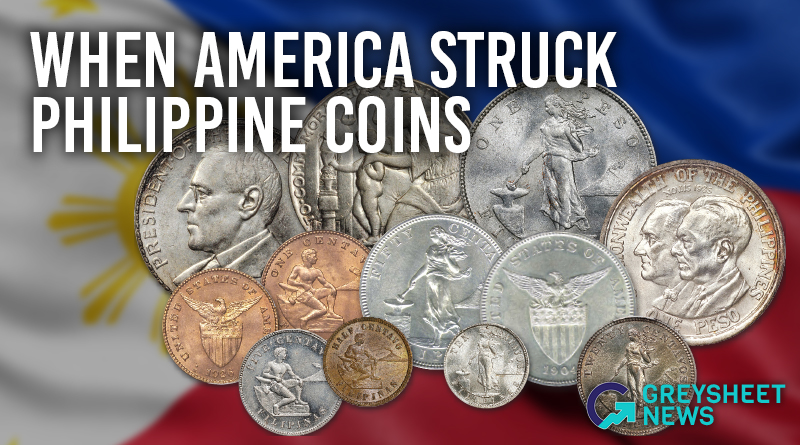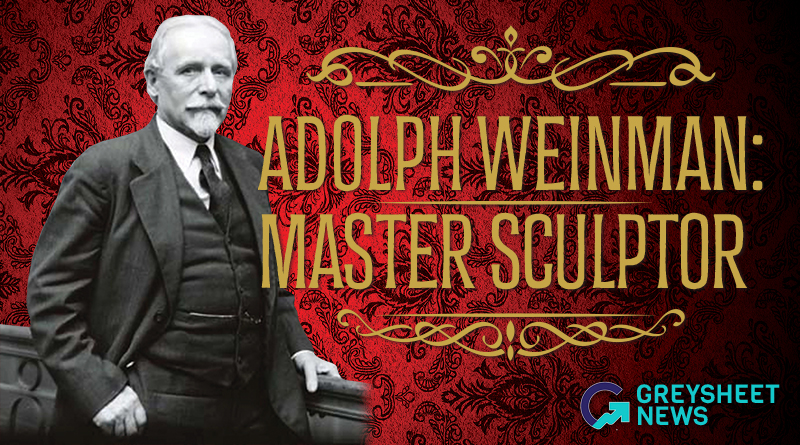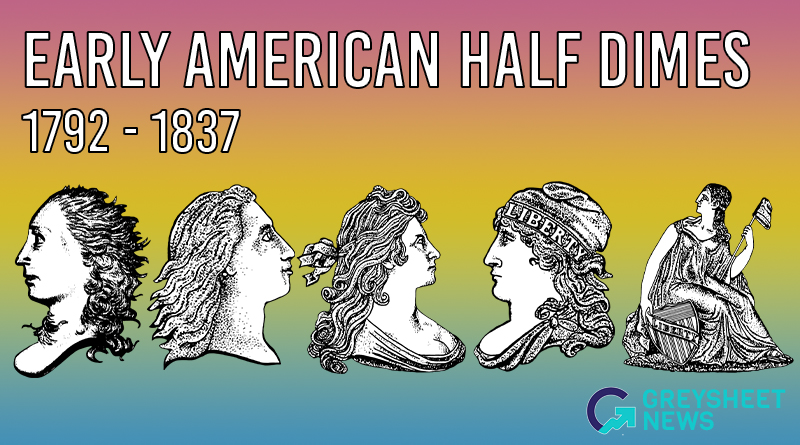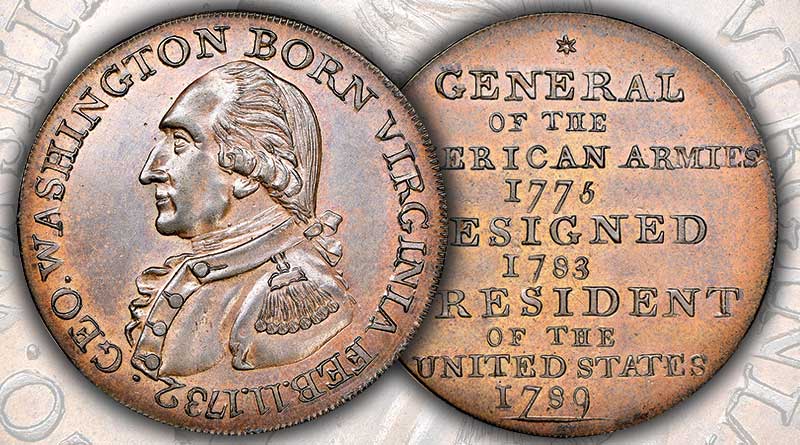The Copper Coinage of Our First President, Part II
In part one of this series, we reviewed eight George Washington copper pieces, beginning with those dated 1783 up through the 1791-dated Large and Small Eagle Cents. Here in part two we review the rest of the series.
1791 LIVERPOOL HALFPENNY
Another variation of the 1791 Small and Large Eagle cents is the 1791 Liverpool Halfpenny. This coin utilized the same Washington obverse once again but this time the reverse was totally different. The reverse depicts a ship in full sail facing right with the words "LIVERPOOL HALFPENNY" above the highest mast.
1792 DATED WASHINGTON COPPERS
In 1792, a number of Washington copper coins were struck in England. They bear a strong similarity to the 1791 Large Eagle and 1791 Small Eagle Cents that were issued. Some of the coppers struck were:
- 1792 Washington President in copper
- 1792 Washington President in silver
- 1792 Washington President in copper with lettered edge
- 1792 Washington President in silver with lettered edge
- 1792 Washington President in gold—unique
- 1792 Washington President copper with the General reverse
- 1792 Washington President Large Eagle with 13 Stars
- 1792 Washington President, General reverse
- (1792) Undated, Washington Born Virginia, Eagle with 13 Stars
(1792) WASHINGTON BORN VIRGINIA
An undated (but struck in 1792) Washington Born Virginia copper was struck in a reasonable quantity. The obverse depicts General Washington, facing left, in a military coat. Around the periphery is "GEO. WASHINGTON | BORN VIRGINIA FEB. 11 1732."
The reverse displays the following legend on the reverse "GENERAL OF THE AMERICAN ARMIES – 1776 – RESIGNED – 1783 – PRESIDENT OF THE UNITED STATES – 1789." The edge is plain.
1959 COLLIS RESTRIKES
Uniface restrikes were made by Albert Collis in 1959, with 5,019 pieces in copper, 22 pieces in silver, 7 pieces in gold, 1 in lead and 1 in platinum. Collis then donated the die to the American Numismatic Association, where it now resides.

1792 ROMAN HEAD CENTS
The famous sculptor Horatio Greenough created a huge statue of George Washington, depicting him as a Roman emperor on a throne. Portraying revered persons as Roman emperors was a very popular pursuit in the 18th and early 19th centuries. Greenough’s statue was displayed on the U.S. Capitol grounds for many years.
At Obediah Westwood’s private minting facility in Birmingham, England, a new Washington copper coin was struck in 1792. The obverse depicted George Washington, with a laurel wreath on his head and facing right. Washington was made to look as much like a Roman leader as possible. The words "WASHINGTON," and "PRESIDENT," flank the portrait on either side and the date "1792," is below.
The reverse depicts a very scrawny Small Eagle, with six five-pointed stars between its upraised wings, arrows and an olive branch in its talons and the word "CENT" at the upper periphery.
1793 SHIP HALFPENNY
The 1793 Ship Halfpenny is part of the Conder series of British 18th century tokens, but it was very popular and well-collected in America due to the subject matter. The obverse depicts a portrait of George Washington, facing left, in military garb, with "WASHINGTON," and "PRESIDENT," around separate sides of the portrait.
The reverse of this token depicts a ship in full sail, facing to the right. Above the ship is "HALFPENNY" and below the ship is the date "1793."
If you look closely, most of this issue is actually a 1793/2 overdate. There are two varieties as well: a Lettered Edge, which is more common, and a Plain Edge, which is very rare.
1795 WASHINGTON GRATE HALFPENNY TOKEN
These tokens were also part of the very popular Conder series struck by the firm of Clark & Harris of London. They were made in abundance for several years. Struck with a reeded edge, there are two major varieties: Small Buttons and Large Buttons, referring to the size of the buttons on Washington’s jacket.
The obverse of the Small Buttons variety depicts a more formal appearing portrait of George Washington, facing right. Around the periphery is inscribed "G. WASHINGTON THE FIRM FRIEND TO PEACE & HUMANITY."
The reverse depicts a fireplace with a coal grate. Below the grate is "LONDON – 1795" and around the periphery is "PAYABLE BY CLARK & HARRIS 13. WORMWOOD St. BISHOPSGATE." The edge is diagonally reeded.
The Large Buttons variety looks exactly like the Small Buttons variety, but the Large Buttons type is more common and more easily available in Mint State.
1795 NORTH WALES HALFPENNY TOKENS
The 1795 North Wales Halfpenny Tokens were likely struck in England in the early 1790s, as opposed to the 1795 date usually attributed to these tokens. These were not Conder tokens, so the quality is seriously lacking. There are no known examples of high grade specimens with great details.
The obverse depicts a portrait of George Washington facing left. The portrait lacks details in both the hair and in his uniform. The upper periphery has "GEORGEIVS WASHINGTON" around the portrait.
The reverse depicts a large harp with a crown on top of it. There is a star atop the crown and two rosettes at the base of the harp – one on each side. Around the harp are the words "NORTH WALES." Plain edge.
There are two varieties that have lettered edges. One edge has "PAYABLE IN LANCASTER LONDON OR BRISTOL." Another edge has "PAYABLE IN LANCASTER OR BRISTOL." The final, fourth variety has a plain edge but atop the crown is a fleur-de-lis and at the base of the harp are two stars on each side.
1792 WASHINGTON PRIVATE PATTERNS BY PETER GETZ
Some early political leaders wanted George Washington’s portrait on our coinage. Hearing that, Pennsylvania silversmith Peter Getz created two versions of Washington coinage. Getz crafted a copper version and a silver version. These coins look very similar to the English-crafted 1791 Large and Small Eagle cents. Getz’s ‘coins’ only lacked the denominations. But they were well-executed. It was reported that Getz was complimented by none other than George Washington for his artistic skill in producing dies for these coins.
1792 WASHINGTON CENT, GETZ PATTERN
In copper, Getz created a coin that looked very similar to the Small Eagle issue of 1791. The obverse featured a portrait of Washington, in military dress, facing left. Around the periphery is "WASHINGTON – PRESIDENT – 1792."
The reverse of this coin utilized the Small Heraldic Eagle style with upraised wings on the eagle, 15 five-pointed stars between the wings, arrows, and an olive branch in the talons and "UNITED STATES OF AMERICA" on the periphery of the coin. This coin has a plain edge.
Collecting Washington coppers is a wonderful pursuit. It connects you with colonial America and with our First President. Who knows which Founding Father may have handled these coins?
Some additional items to add might be the series of Success Tokens issued in 1793, ostensibly for George Washington’s second inauguration in 1793. They were issued in both small and large planchets and struck in brass, copper, silver, and white metal.
While on the subject of inaugurations, George Washington Inaugural buttons come in more than 20 different styles and designs. They are catalogued by J. Doyle DeWitt and Edmund Sullivan in the political items hobby standard reference "Political Medals and Medallets 1789–1892." One additional Washington related token is the 1795 Liberty and Security Penny which also comes in several varieties.
Michael Garofalo has been a professional numismatist for more than 40 years. He was President of Liberty Numismatics and retired from APMEX where he was Vice President and Director of Numismatics. He is a Life Member of the American Numismatic Association and a member of the Numismatic Literary Guild. Mike has recently published a book with CDN Publishing, titled "Secrets of the Rare Coin & Bullion Business from a Lifelong Trader." Order a copy today at www.greysheet.com.
Images courtesy of Heritage Auctions, HA.com and NGCcoin.com

Download the Greysheet app for access to pricing, news, events and your subscriptions.
Subscribe Now.

Subscribe to The Greysheet for the industry's most respected pricing and to read more articles just like this.
Author: Michael Garofalo
Related Stories (powered by Greysheet News)
View all news
When the United States took control of the Philippines, Congress enacted the Philippine Coinage Act of 1903 which established a new currency system based on the United States gold standard.

Weinman did not consider himself to be a coin designer or medalist, but instead referred to himself as a sculptural artist.

This earliest half dimes have been the subject of more than two centuries of rumors, innuendo, and conjecture.









Please sign in or register to leave a comment.
Your identity will be restricted to first name/last initial, or a user ID you create.
Comment
Comments